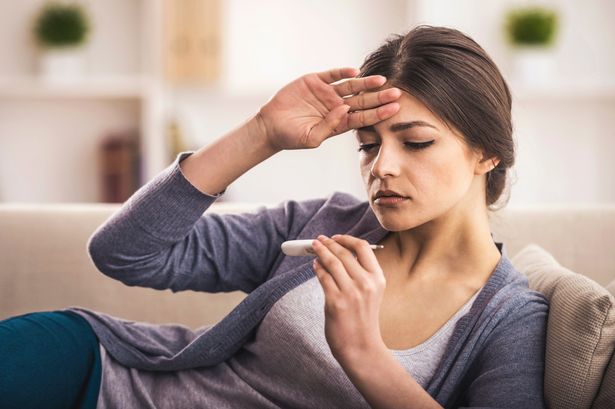Lyme disease is an infectious disease caused by the bacteria Borrelia burgdorferi. It is primarily transmitted to humans through the bite of infected black-legged ticks, also known as deer ticks. The disease was first identified in 1975 in the town of Lyme, Connecticut, which is where it gets its name.
Treatment for Lyme Disease
The good news is that Lyme disease is treatable, and there are several different treatment options available. The most common treatment is antibiotics, which can be administered orally or intravenously. The type of antibiotic used and the length of treatment will depend on the stage of the infection and the severity of the symptoms.
The first line of treatment for early-stage Lyme disease is oral antibiotics, such as doxycycline, amoxicillin, or cefuroxime. These antibiotics are effective in killing the bacteria and stopping the progression of the disease. The duration of treatment is typically 14-21 days.
For more severe or advanced cases of Lyme disease, intravenous antibiotics may be necessary. The most commonly used antibiotics for this stage of the disease are ceftriaxone and penicillin. These antibiotics are administered through an IV and the treatment course is typically 2-4 weeks.
In some cases, oral or intravenous antibiotics may not be enough to completely eradicate the bacteria. In these cases, a second course of antibiotics may be necessary. This is known as a “second-line” treatment.
In addition to antibiotics, there are other treatment options available for Lyme disease. These include anti-inflammatory medications to reduce pain and inflammation, and physical therapy to help improve mobility and strength.
Herbal supplements, such as garlic and turmeric, may also be beneficial in treating Lyme disease. These supplements have anti-inflammatory and antioxidant properties that can help to reduce the severity of symptoms.
Alternative therapies, such as acupuncture, massage, and chiropractic care, may also be helpful in managing the symptoms of Lyme disease. These therapies can help to reduce pain and inflammation, and improve overall well-being.
It is important to note that not all alternative therapies are safe or effective. It is important to speak with a healthcare professional before trying any alternative therapies.
One important thing to note is that if you suspect that you have Lyme disease, it is important to see a healthcare professional as soon as possible. Early treatment is crucial in preventing the disease from progressing to more serious stages.
In conclusion, Lyme disease is a serious and potentially debilitating illness that requires prompt treatment. The most common treatment is antibiotics, which can be administered orally or intravenously. Other treatment options include anti-inflammatory medications, physical therapy, and alternative therapies. Early treatment is essential in preventing the disease from progressing to more serious stages. It is important to speak with a healthcare professional if you suspect that you have Lyme disease.

 Home
Home Health
Health Diet & Nutrition
Diet & Nutrition Living Well
Living Well More
More












